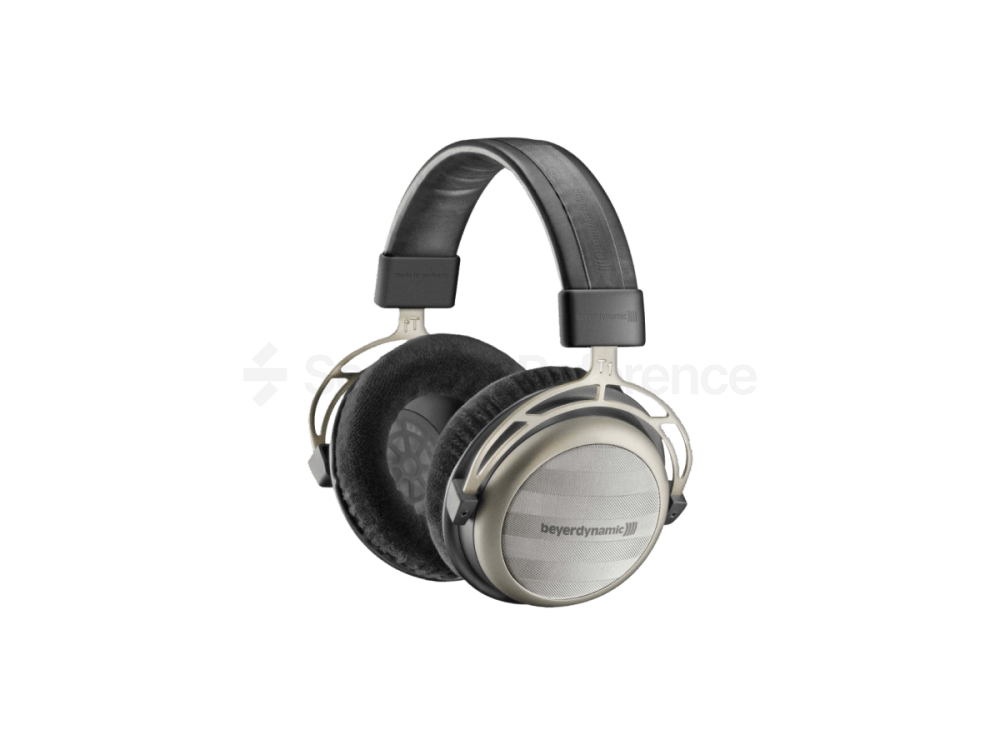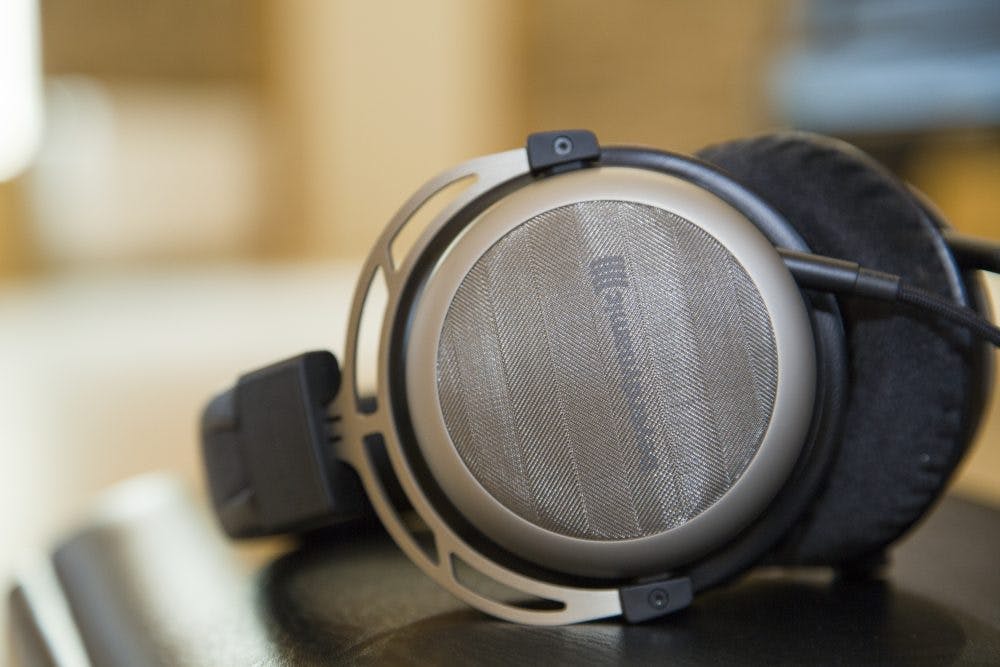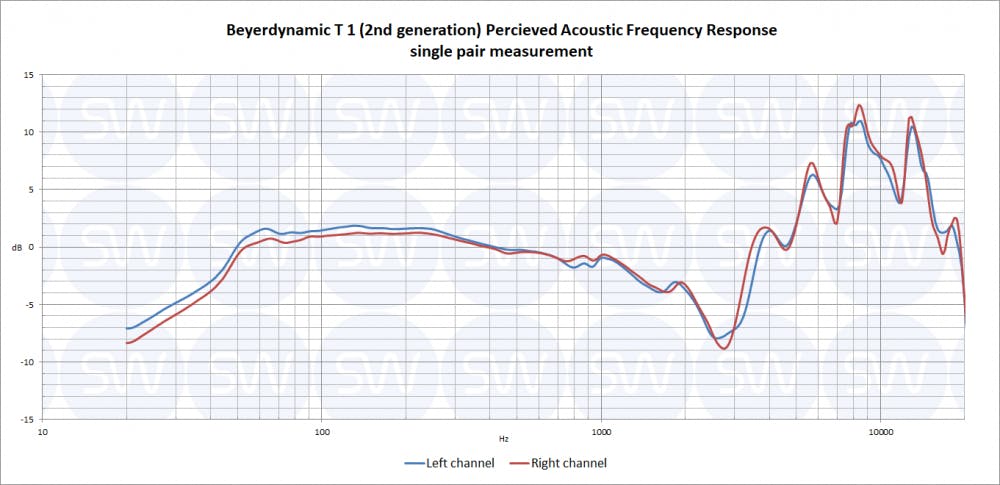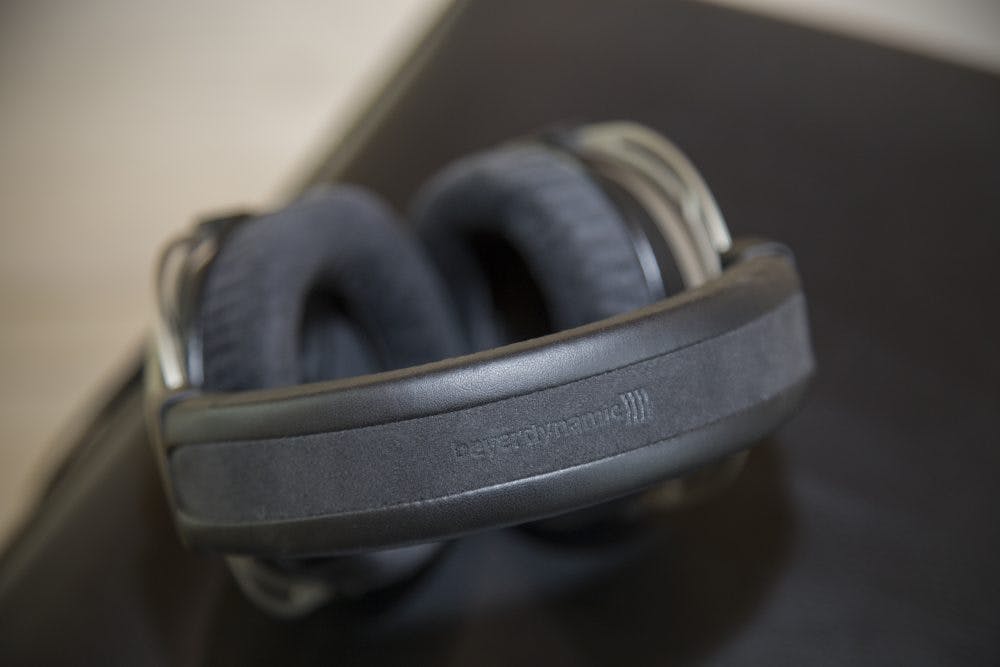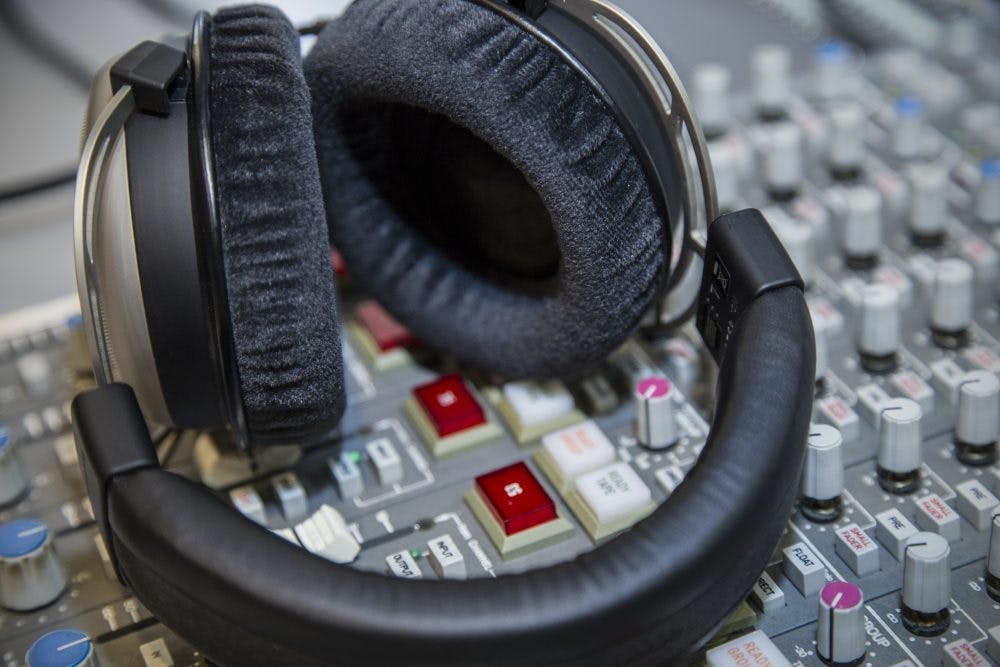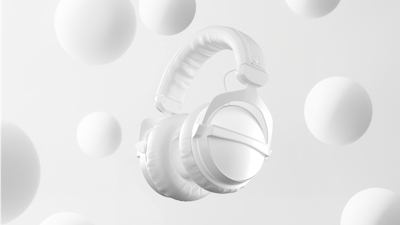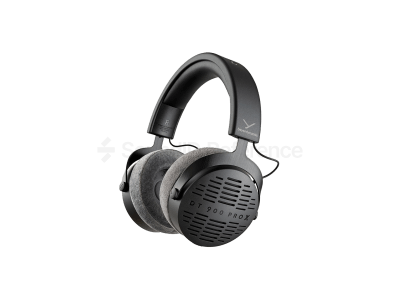Beyerdynamic recently released the 3rd generation of T 1, their flagship semi-open audiophile headphones. While originally intended for home use, once calibrated, T 1 could also be used as mixing headphones in the studio. Although they are very expensive, the arrival of the updated model might lead to some good deals on the previous generation T 1’s. Maybe they’re a worthy addition to your studio?
- Feels very light on the head
- Exceptionally comfy ear pads
- Great build quality
Pros list with SoundID Reference calibration
- Tamed high frequency boost and extended sub bass response
- Greatly reduced long session ear fatigue due to the decreased highs
- Pricey
- Hard to drive
As the 600 Ohm impedance suggests, these are not the most mobile device friendly headphones when it comes to efficiency. But since the semi-open design provides next to no isolation from the outside world, you won’t be using T 1’s in noisy places anyway, and for playback of mastered content out of, say, a MacBook, the output level might be sufficient. But for any DAW work where you need to keep some headroom, using these with an audio interface is the only way, and even then not every interface will be able to drive them loud enough. But let’s be honest – as headphones for mobile work, T 1’s are compromised and Beyerdynamic clearly designed these headphones for use with an amp.
The shape and dimensions of the headphones are about the same as other Beyerdynamic over-ears, with the most noticeable difference being the super gentle and nice to touch ear pads. The super-soft synthetic leather headband finish is shared with its closed-back sibling T 5 p, while the satisfying headband adjustment mechanism can also be found on relatively more affordable DT 1770 / 1990 Pros. It’s an upgrade over a bit clunky-feeling one found on the workhorse models like DT 770 / 880 / 990 Pro.
The materials used feel nice and premium. Yet there are a few plastic bits used, the worrying ones being the parts that connect earcups to the yokes. In case of failure though, spares are cheap and easily available from Beyerdynamic online store.
All in all, high quality seems to be the theme here and that also extends to the textile-coated cable and the included storage case.
The perceived frequency response of the T 1 exaggerates all the typical characteristics of Beyerdynamic full-size over-ears – but the highs are taken to new heights. To T 1’s defense, high-mid frequency dips and extreme top-end boosts are common among headphones in this price bracket. Also the range from 50 Hz to 1 kHz is remarkably flat, and the sub bass extension is commendable for a semi-open set.
Unsurprisingly, all Beyer’s Pro line headphones have a more tame perceived frequency response than the audiophile flagship. But all these differences are made irrelevant with Reference software, so once calibrated, the rather bright out-of-the-box sound of T 1 is no longer an obstacle for serious studio use.
Virtually no channel disbalance was found among the measured pairs. In this instance, high price equals high attention to driver matching and great manufacturing consistency.
As usual with the full-size Beyerdynamic over-ear headphones, none of our testers found any pressure points and found them to be very comfortable and easy to keep on one’s head for hours on end. The weight is just 10 grams less than DT 1990 Pro, but once the headphones are on the head they feel noticeably lighter due to the very evenly distributed pressure. Like all Beyer’s audiophile models, the clamping force is more relaxed when compared to Pro models. For people with smaller heads, they perhaps slide around a bit too easily, however, for long session comfort it’s beneficial. Overall, T 1’s are even a bit comfier than Beyer’s flagship studio open-backs – DT 1990 Pro, and there are very few headphones from other manufacturers that can compete.
In the value department, the flagship is somewhat cannibalized by Beyerdynamic’s own DT 1990 Pro and even DT 880 Pro. When it comes to real-world performance after calibration, all 3 will sound virtually the same, however, the superb comfort of T 1 will remain unmatched. Yet the more affordable rivals are still plenty comfortable, so whether it’s worth the price premium – it’s up to you.
It’s not the prettiest of THD graphs, especially in this price category, but it shouldn’t be a cause for concern. The 2nd harmonic distortion surpasses the 1% mark at a very low 45 Hz and the 3rd harmonic distortion is pretty much non-existent. No audible distortion was encountered during listening tests – the sub bass sounded clean, as did the rest of the spectrum.
How accurate and consistent is the correction effect among different listeners?The sound changes noticeably depending on the headphone position on the user’s head, likely due to the transducer being positioned at an angle. Despite this, the adaptiveness is very good, yet not as impressive as the way more affordable Beyerdynamic DT 880 Pro.
How much do they differ pair to pair in terms of frequency response?Same as with the left-to-right channel consistency, all measured pairs are nearly identical. The T 1 manufacturing is held to a very high standard, appropriate to the price.
Rating
Conclusion
If you’re a Reference user not primarily working with sub bass heavy-genres and you want to reward yourself with very comfortable headphones, T 1’s are worth your consideration even if they’re not billed as studio headphones. Apart from the comfiness though, they have no edge over the more affordable studio models from Beyerdynamic or Sennheiser HD 650, despite costing 3 times more. Your mixes will sound no different regardless of you using calibrated T 1’s or DT 880 Pro’s, you’ll just feel a tiny bit less tired after a good 4 hour session.
If you’re not a Reference user though, look elsewhere as without calibration these headphones are way too top-end heavy for effective studio work.
Final Rating
Calibration Enabled
Calibration
